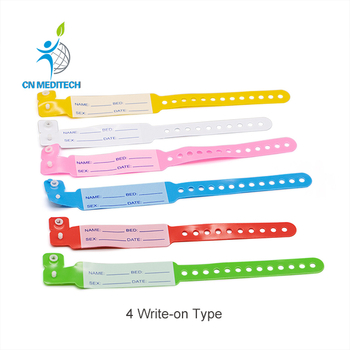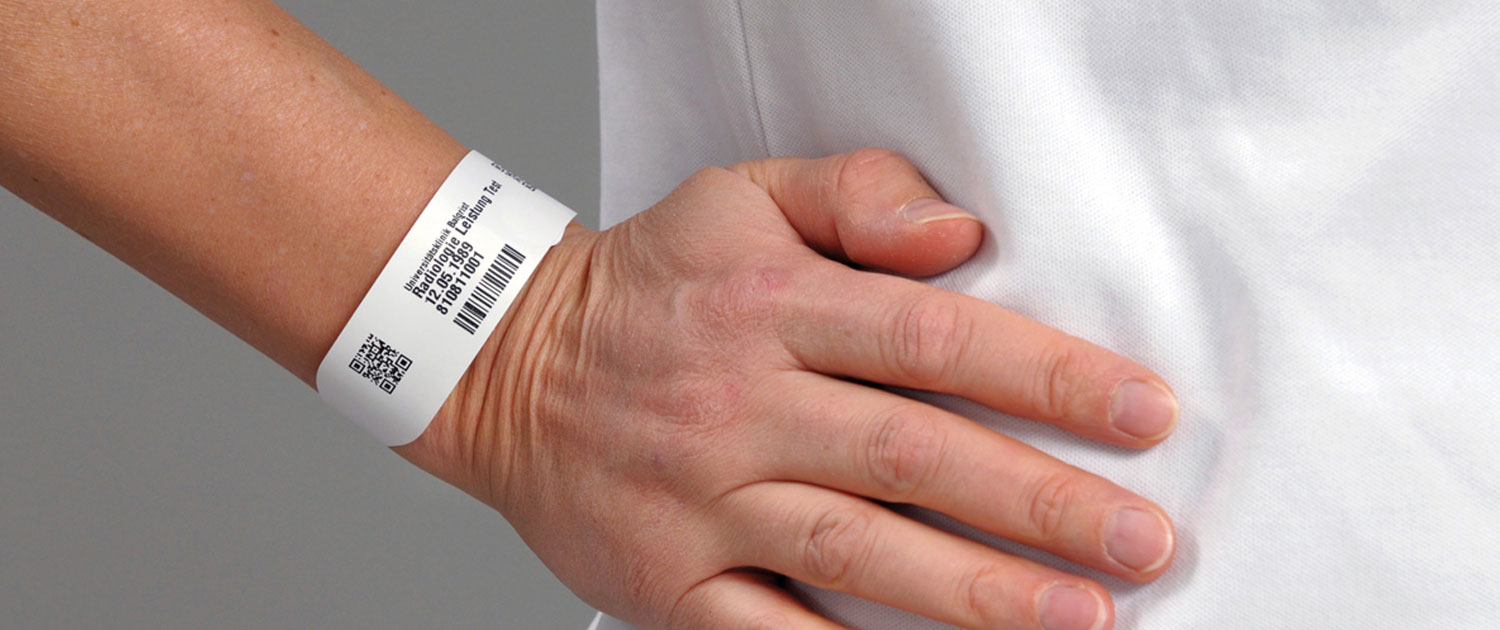The Secret Functions of an Effective Patient Identification Band in Healthcare
Wiki Article
Simplifying Individual Care With Reliable Identification Bands
The implementation of efficient recognition bands is a critical aspect in boosting patient care within health care setups. As the landscape of patient identification develops, one must consider the effects of these systems on overall healthcare delivery and person results.Importance of Patient Identification
Making sure precise patient identification is important in medical care setups, as it directly impacts the safety and high quality of treatment given. Misidentification can result in serious errors, consisting of providing the incorrect drug, performing incorrect procedures, or miscommunicating vital individual info. Such errors not only threaten patient safety and security yet can additionally cause lawful ramifications and lowered trust in medical care systems.Efficient patient identification is essential to establishing a secure setting where people receive customized and appropriate care. It facilitates the precise documentation of case histories, allergies, and therapy plans, ensuring that healthcare providers have access to crucial details in all times. In addition, durable recognition protocols assist improve interaction among clinical staff, improving cooperation and minimizing the risk of errors.

Kinds Of Identification Bands
Identification bands play an essential duty in maintaining exact client documents and enhancing security within medical care atmospheres. Various types of recognition bands are utilized to satisfy the specific requirements and needs of different patient populaces.
An additional type is the ankle band, which is particularly useful for babies and babies, ensuring that identification continues to be intact even throughout care procedures. Specialty bands, such as those for allergy notifies or drop risk indicators, give additional layers of security by attracting instant focus to important person conditions.
Lately, digital identification bands have acquired appeal, incorporating barcodes or RFID innovation that can be checked to rapidly fetch client information. These bands improve workflows and reduce the risk of human error during individual recognition procedures.
Advantages of Efficient Identification
Efficient identification of individuals via making use of recognition bands contributes considerably to total client safety and security and care top quality. By ensuring that each individual is accurately identified, doctor can effectively match medical treatments and treatments to the proper person, lessening the risk of mistakes. This is especially crucial in environments with high individual turnover, where the potential for misidentification is greater.Moreover, effective recognition bands boost communication among healthcare teams. Precise and clear client identification promotes collaboration and ensures that all group participants know a client's details needs and case history. This communication is vital for delivering worked with treatment, particularly in emergency scenarios where time is essential.

Ultimately, effective recognition via making use of recognition bands not just safeguards individuals but also promotes a culture of safety within healthcare facilities (Patient Identification Band). By focusing on exact identification, healthcare companies can boost results and enhance the general client experience
Implementing Identification Systems
While the significance of client identification is well identified, the application of durable recognition systems presents a complex obstacle for healthcare organizations. Developing efficient identification systems calls for a detailed technique, including technology, personnel training, and process assimilation.First, organizations must choose appropriate identification technologies, such as barcode scanning, RFID, or biometric systems. Patient Identification Band. These modern technologies need to be assessed based upon expense, use, and compatibility with existing facilities. A pilot program can aid determine prospective concerns before major implementation
Next, detailed training for staff is essential. All personnel have to comprehend the relevance of accurate individual identification and excel in making use of the picked technologies. Routine training updates and assessments can enhance best techniques and make sure ongoing conformity.
Additionally, medical care organizations must create standard procedures for individual recognition throughout all divisions, enhancing and decreasing discrepancies communication. Routine audits can help determine spaces in adherence to these methods.

Eventually, a reliable implementation of recognition systems not just improves person safety and security but additionally cultivates a society of accountability and persistance within healthcare setups, making sure constant and trusted client care.
Future Trends in Individual Recognition
Developments in modern technology are established to change person recognition methods in medical care settings. The integration of biometric recognition techniques, such as fingerprinting and face acknowledgment, is expected to enhance precision and safety. These modern technologies can substantially decrease the threat of misidentification, making certain that patients get the right treatments and drugs.Furthermore, the execution of blockchain modern technology for client records is obtaining traction. This decentralized approach can supply a tamper-proof and secure approach for managing individual identities, therefore enhancing access to look at here essential information across different health care companies.
An additional trend is the boosting use mobile wellness applications that take advantage of QR codes for person identification. These applications permit real-time updates and easy accessibility to individual information, empowering medical care specialists to make educated choices swiftly.
Additionally, fabricated knowledge (AI) is poised to play a key function in examining person identification information, click for more info identifying patterns, and anticipating possible identification mistakes before they take place.
As these technologies develop, they guarantee not just to improve individual safety and security yet additionally to enhance the overall effectiveness of health care shipment systems. Embracing these innovations will be essential for future-proofing patient treatment techniques.
Final Thought
To conclude, reliable identification bands are vital for improving individual security and care high quality within medical care settings. By lessening the dangers connected with misidentification, these bands help with timely and accurate details access, ultimately boosting interaction amongst doctor. The implementation of robust recognition systems not just fosters a culture of security however additionally positions medical care establishments to adjust to future fads in person recognition modern technology, ensuring ideal results for clients in varied medical environments.As the landscape of individual recognition develops, one have to think about the implications of these systems on overall healthcare delivery and person results.Reliable person recognition is basic to developing a safe setting where patients obtain ideal and tailored treatment. Ultimately, focusing on effective patient identification strategies not just fosters a culture of safety and security however additionally contributes to enhanced client end results and overall satisfaction with medical care services.
Efficient recognition of clients with the usage of recognition read review bands adds considerably to total client safety and security and care quality. The application of durable identification systems not just cultivates a culture of safety however additionally placements medical care institutions to adjust to future patterns in person recognition technology, guaranteeing ideal outcomes for patients in diverse scientific settings.
Report this wiki page